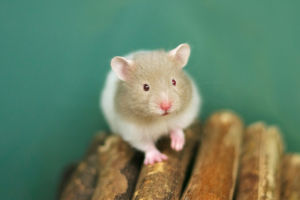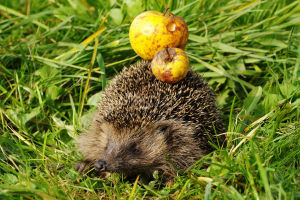If you've ever seen a turtle lying upside down, you probably wondered, "Can it get up on its own?" It's a moment that feels helpless to watch. Yet most turtles have evolved ways to right themselves after flipping over, whether on land or in water.
Understanding how they do this can help you keep your pet turtle safe and give you a new appreciation for their quiet resilience.
Why Turtles Flip Over?
Flipping isn't rare. On land, a turtle might topple during a fight with another turtle, while climbing a steep rock, or when startled and turning too quickly. In water, strong currents, uneven terrain, or struggling during feeding can leave a turtle on its back. Knowing these triggers helps you minimize risks in captivity or outdoor enclosures.
How Shell Shape Affects Self-Rescue?
Not all turtles are built the same. A high-domed tortoise has a rounded shell, which gives it a natural "rocking chair" effect. This shape allows it to shift weight, push with its legs, and roll back onto its belly more easily. Flat-shelled turtles, like some softshell species, have less leverage and may struggle more on dry land.
The Mechanics of Righting Themselves
When flipped, turtles use a combination of neck, head, and limb movements to generate momentum. Three common techniques stand out:
1. Neck and head push: Some turtles extend their neck, plant the head on the ground, and use it as a pivot to roll the shell over.
2. Leg push: Others stretch one or both front legs to push against the ground while tucking the opposite legs to shift balance.
3. Shell rocking: By twisting their bodies repeatedly, turtles build enough swing to tip themselves upright.
Watching this process is slow compared to mammals, but it's surprisingly effective.
Water vs. Land Flips
Aquatic turtles often have an easier time righting themselves. In water, buoyancy reduces weight and allows a quick twist of the limbs to roll upright. A red-eared slider, for instance, can flip back within seconds. On land, gravity works against them, and surfaces like sand or rough soil may either help or hinder the effort. Smooth, hard floors give less grip, making it harder for claws to push.
When a Turtle Can't Flip Back?
There are situations where a turtle might be unable to self-rescue. Elderly turtles, individuals with injuries, or those in cramped enclosures may lack the strength or space to complete the motion. Extended time on the back can cause stress, overheating, or breathing difficulty because the internal organs press against the lungs. This is why regular checks are vital if you keep turtles as pets.
How to Help Safely?
If you find your turtle upside down and clearly struggling:
1. Gently approach from the side, avoiding sudden movements.
2. Support the shell with both hands—never pull on the legs or tail.
3. Place it upright on stable ground, away from the cause of the flip.
For outdoor turtles, create environments with gentle slopes, textured surfaces, and enough space to prevent overcrowding. For indoor habitats, avoid steep ramps or unstable decorations that can trap a turtle upside down.
Boosting a Turtle's Strength
A healthy, active turtle is better at self-rescue. Make sure yours has:
• Adequate basking areas to regulate body temperature.
• Space to move, climb, and exercise daily.
• A balanced diet rich in appropriate greens or proteins depending on the species.
These factors build muscle tone and coordination, improving the odds of flipping back quickly.
A Quiet Lesson in Persistence
There's something inspiring about watching a turtle slowly but surely roll itself upright. It may take several tries, but persistence wins out more often than not. As turtle keepers or wildlife observers, our role is to reduce hazards and step in only when necessary. By giving turtles safe environments and good care, we allow their natural survival skills to shine—even in the awkward moment of being flipped upside down.
Seeing a turtle flip back on its own can change how you view these calm creatures. They're not just passive; they're determined survivors with hidden abilities. Next time you spot one on its back, you'll know what's happening inside that shell—and when to lend a hand.


